
[COMMUNICATED CONTENT]
By Daniela Berkowitz
An elderly Jew in Tel Aviv held on tightly to a stash of family manuscripts; he would not let anyone see or touch them. Whenever a family member inquired about the stash of roughed papers and dilapidated books or try to peak at the old photos, he would deny them. This was his secret, hidden treasure.
Rav Yosef Buxbaum, zt’l, the well-known collector of ancient Jewish manuscripts and founder of Machon Yerushalayim, had heard that this old man was a descendent of HaRav Shlomo Ganzfield zt’l, the posek known for his work on the Kitzur Shulchan Aruch. After decades of secrecy, the old man decided to lend Rav Buxbaum the manuscripts for just two days despite his apprehension and nervousness.
On the morning of the second day, the man phoned Rav Buxbaum, who expected to hear an angry voice on the other end of the receiver. Instead, the old man was shaken. With tears, he told Rav Buxbaum that the previous evening there had been a tragic fire in his home. Though not shomer mitzvos or even spiritual, the old man recognized something miraculous had occurred: not only were he and his wife saved from the fire, but his secret manuscripts were unharmed as well. Nearly all of their possessions were destroyed and charred in ashes, but the holy manuscripts were saved. So moved by this course of events, the elderly man allowed Machon Yerushalayim to publish the treasures he had so tightly guarded.
Since 1969, Machon Yerushalayim, The Jerusalem Institute of Talmudic Research, has embarked on the unique dual mission: to print unpublished works of gedolim from previous generations and to restore misprinted seforim to the original texts. With guidance from countless rabbonim and through tireless efforts, the institute’s staff combines academic prowess and rabbinical scholarship to produce some of the most authentic and advanced seforim. Rav Buxbaum was guided and encouraged by HaRav Yitzhok Hutner zt’l, HaRav Shlomo Zalman Auerbach zt’l, HaRav Ovadia Yosef zt’l and many other gedolim of the time in order to produce and restore seforim in the highest quality.
“Over the past 40 years, Machon Yerushalayim has become the biggest and foremost center for Torah research in the world. On any given day, you can see men of all ages from across the entire Orthodox spectrum, Ashkenaz, Sephard, Chasidish, and Litvishe, engaged in all kinds of research, discovery, editing, debating…making each and every day a real Kiddush Hashem,” said Rav Moshe Buxbaum, son of Rav Yosef Buxbaum and current director and CEO of the Machon. “Every project is different, but the core of our efforts begins with our work to discover ancient manuscripts, hagahot (random rabbinical comments & notations), letters and other sources, and bring them alive for Klal Yisroel.”
The stories of rescued manuscripts are endless and the impact tremendous, added Rav Moshe Buxbaum. Thousands of volumes of Torah commentaries have been restored by Machon Yerushalayim. “Works that were once so difficult to decipher and learn from have been transformed and made possible for everyone to learn, such as the Minchas Chinuch, which gave the Machon its name,” said Rav Moshe Buxbaum. “Countless people have attested that learning from the seforim published by the Machon, such as the famed Friedman Edition of the Shulchan Aruch, is a completely different learning experience.”
These highly sought-after seforim and collections are on sale now through April 3 as part of Machon Yerushalayim’s annual sale in North America. Countless classic volumes of its many treasured seforim from its huge collection are available at discounted prices at local Judaica shops, online or by calling 855-824-4774.

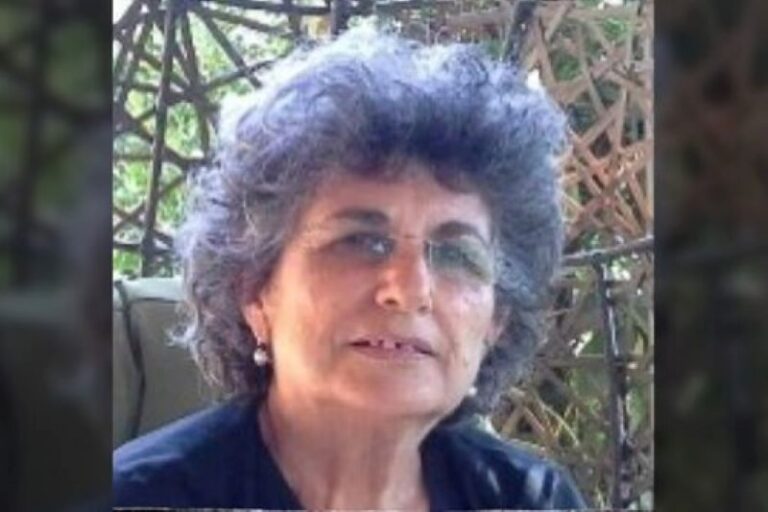
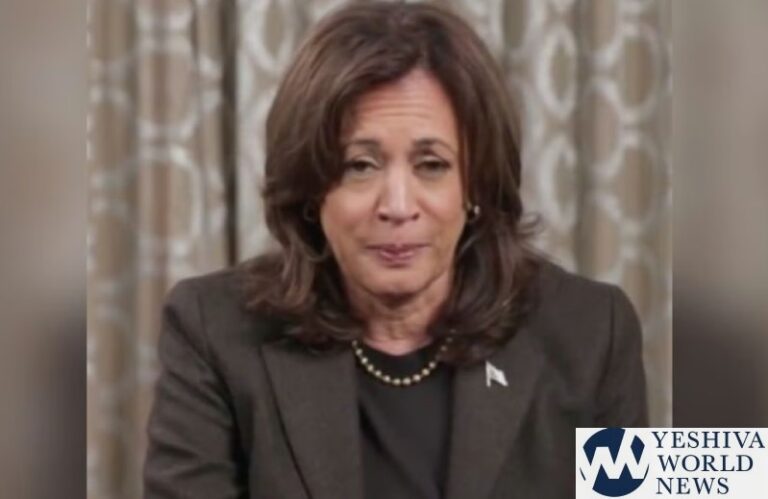
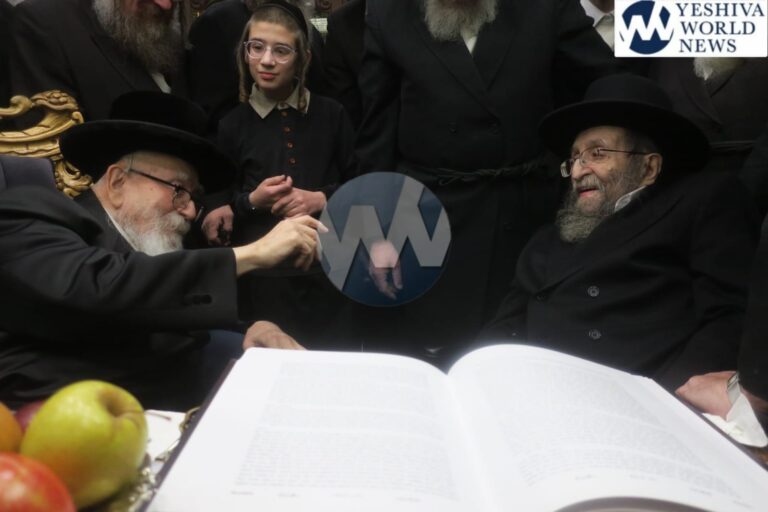
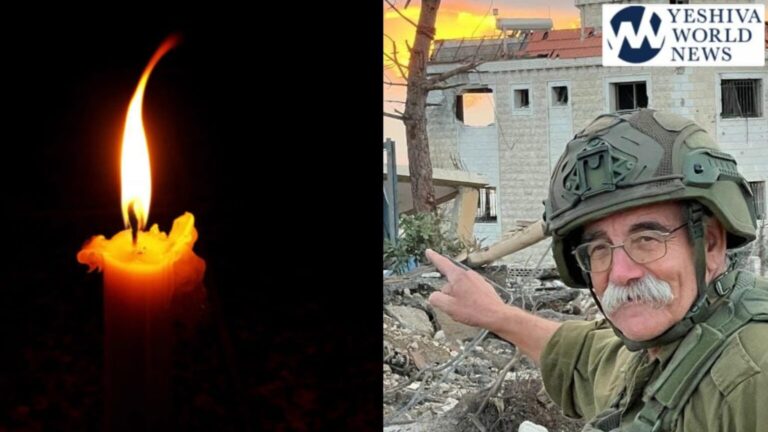
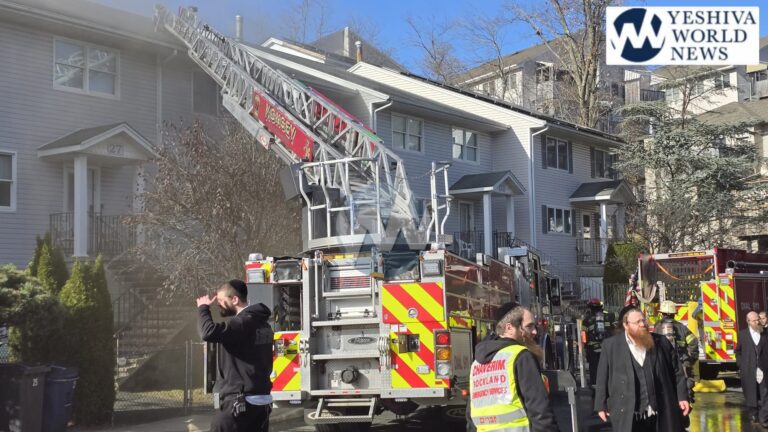

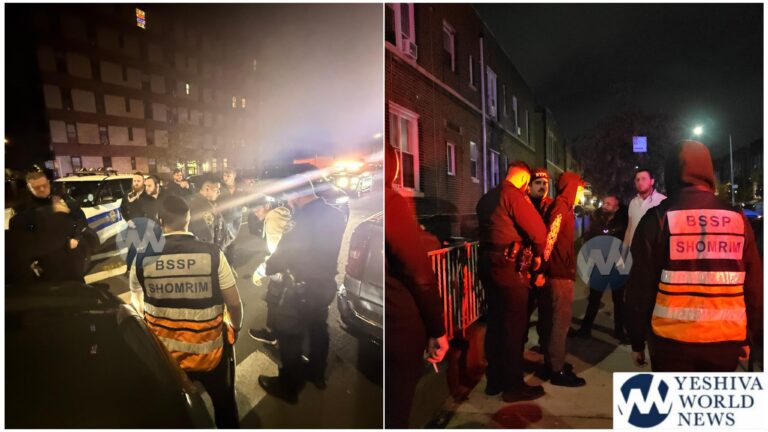


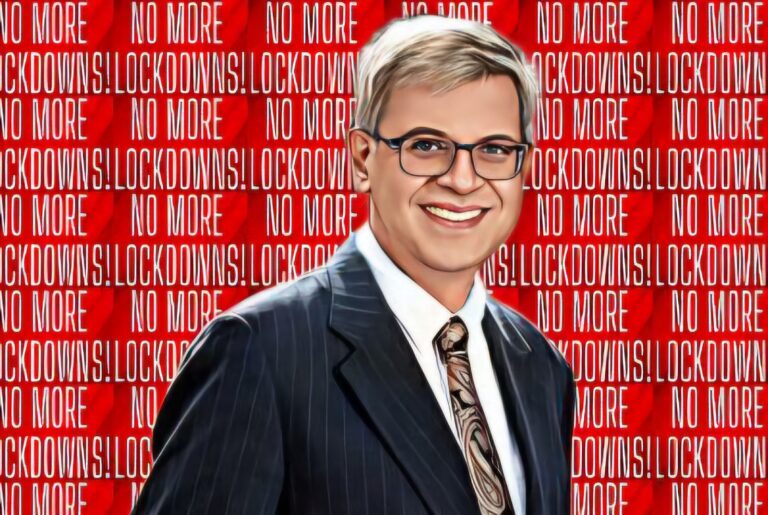
One Response
I was present at a lecture series where a think tank wonk from Machon Y tried to square our girsa with eight manuscripts from museums worldwide regarding the time it takes for chametz to occur. His conclusion was it was meant to be 4 mil and not one mil. It does make sense in that a modern mix of flour and water left on the counter will take hours or days to show the signs described in the Mishna, but try selling 72 minute matza in Brooklyn.